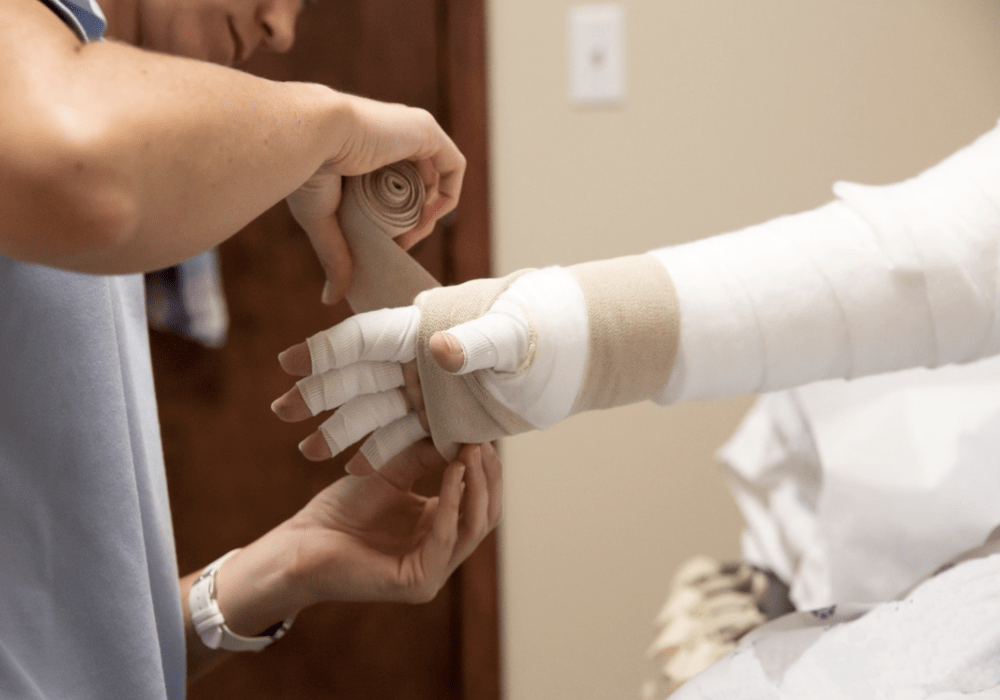Black or Hispanic individuals, those who’ve received neoadjuvant chemotherapy, and older individuals are more likely to experience lymphedema after breast cancer treatment with axillary lymph node dissection and radiation therapy, researchers reported in JAMA Oncology.
For their cohort study, researchers followed 276 patients who had undergone breast surgery and unilateral axillary lymph node dissection either in the primary setting or after sentinel lymph node biopsy. In total, 29 patients (11%) self-identified as Asian, 55 (20%) as Black, 16 (6%) as Hispanic, 166 (60%) as White, and 10 (3%) as unknown race and ethnicity.
At a median follow-up of 22.6 months, 56 patients developed breast cancer–related lymphedema, with a 24-month lymphedema rate of 23.8%. After stratifying the data by race, ethnicity, and treatment group (neoadjuvant chemotherapy versus upfront surgery), the researchers observed the highest lymphedema rates in Black patients and those who received neoadjuvant treatment. Older age and longer follow-up intervals were also associated with a greater likelihood of developing lymphedema, whereas ERBB2-positive status decreased the risk.
“Future studies should address the biologic mechanisms behind racial and ethnic disparities in lymphedema development to inform preventive strategies, and alternatives to neoadjuvant chemotherapy in patients with node-positive disease unlikely to downstage are necessary to minimize lymphedema risk,” the researchers concluded.
Use the ONS Guidelines™ for Cancer Treatment–Related Lymphedema to provide evidence-based care for patients with cancer experiencing secondary lymphedema. For even more details, listen to an interview with ONS member Marcia Beck, ACNS-BC, CLT-LANA, a member of the panel that developed the guidelines, on the Oncology Nursing Podcast Episode 123: Manage Treatment-Related Lymphedema With ONS Guidelines™.






